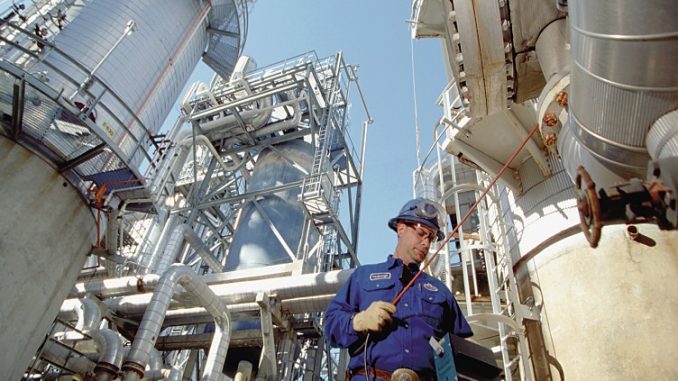By Akanimo Sampson
A new report says the International Maritime Organisation (IMO) specification change will shift a large amount of bunker demand from high-Sulphur fuel oil (HSFO) to low-Sulphur fuel oil (LSFO) and gasoil across regions, especially in China.
IMO is out to limit Sulphur content in ships’ fuel oil from 3.5 to 0.5 percent from this coming January 1, 2020.
Already, the accumulated growth rate for US inbound containers has almost been cut in off half from 5.1% in 2018 to 2.6% in August of 2019.
However, ESAI Energy’s newly published China’s Changing Bunker Market Special Report is expecting the production to rise from currently 430,000 b/d to 550,000 b/d by early 2020, as China takes advantage of the opportunity to target greater LSFO exports and even dominate the regional bunker market.
The report looks at changes happening in the bunker, fuel oil, and refining sectors that make China a special case regarding both on-spec fuel availability and enforcement. China produces very little fuel oil given its enormous refining sector, and the fuel oil that is produced is locked inside the country due to consumption and value-added taxes.
While refiners receive rebates to compensate for these taxes for exporting gasoil, gasoline, and other light products, they do not for fuel oil. This could change very soon however with China seeing the IMO sulfur cap as an important opportunity for their refiners.
This will have significant implications for Asia’s supply of compliant bunker and global trade flows. As each province independently prepares for IMO changes by purchasing technologies and training inspectors, inspection rates will remain low. This is one reason why China’s compliance has a moderate forecast of 83 percent.
The report also looks closely at the experience of Zhoushan, and whether the port’s success can be quickly replicated elsewhere in China.
“Zhoushan has been promoted to compete with Singapore, but its bunker sales have grown mainly by taking market share from other Chinese ports, thanks to its relative advantages, including preferential policies and reforms in the bunkering procedure”, explains ESAI Energy analyst Yao Wu.
“China’s potential to become a regional bunkering hub not only depends on the upcoming tax refund, but also on other factors, such as the extent to which it can duplicate Zhoushan’s success elsewhere. The IMO specification change presents opportunities across the global oil markets, but especially in China.”
Before now, towards the end of 2018, US retailers frontloaded consumer goods ahead of the planned tariff hike in January 2019. While another US tariff hike of 10% on Chinese goods worth $160 billion is planned for December 15, BIMCO does not expect the same frontloading to occur this time around, due to heightened uncertainty about the rumoured trade deal.
According to communication by the US government, a US-China trade deal has been agreed upon in principle, but whether this deal will see the light of day in 2019 is very uncertain.
No matter the outcome, the trade war has already harmed the shipping industry. Container shipping has not only felt the impact of the trade war but also the synchronised slowdown of the World’s economies.
The China Containerised Freight Index (CCFI), a freight rate index that tracks 10 Chinese ports, is down by 6% from January to October to an index level of 795 on October 1.
Carriers have tried to mitigate the poor demand by blanking sailings, but with little improvement in the market so far.
The containership fleet is expected to grow 3.6% for the full year of 2019 and with slowing demand growth, the fundamental balance is set to deteriorate in 2019 and into 2020.

